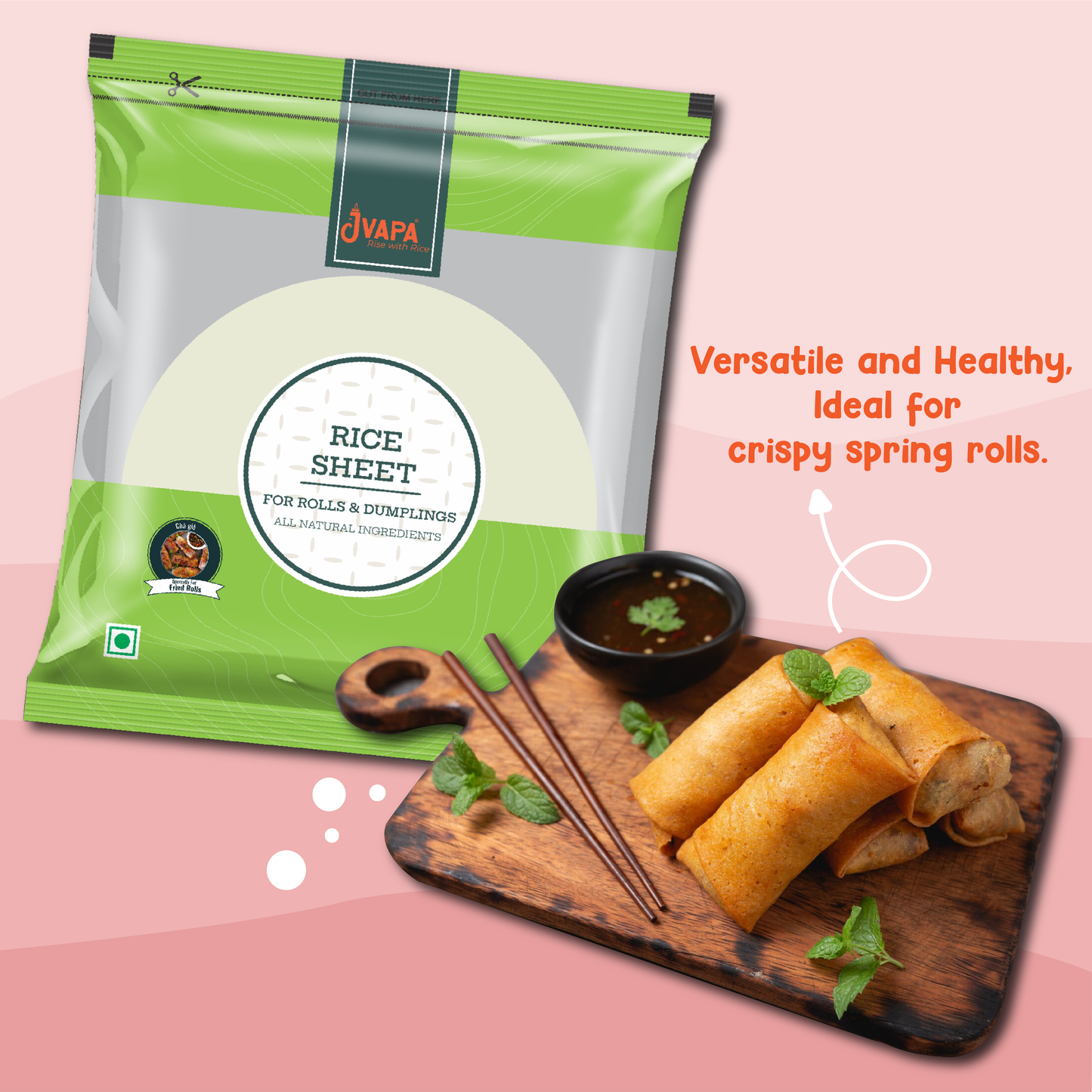Hey there, noodle lover! Ready to make some delicious Jvapa Rice Noodles or Rice Vermicelli? Let's Dive In!
Boil and Soak: Grab a pot and fill it with water. Bring it to a boil. Once boiling, turn off the flame and add your Jvapa Rice Noodles/Vermicelli. Let them soak in the boiling water for about 10 mins for Noodles and 1 min for Vermicelli. Keep an eye on them – you don’t want to overcook these beauties!
Strain and Rinse: Once the noodles are cooked, pour them into a strainer and give them a good rinse under cold water. This stops the cooking process and keeps them from getting mushy. Pro tip: If your noodles get mushy and stick together from keeping them aside for too long, just run them in some water and they will be good to go.
Serve and Enjoy: Now comes the fun part – eating! Serve your noodles with your favorite soup or stir-fry them with some fresh veggies. Whether it’s a hearty broth or a quick stir-fry, these noodles will be the star of your dish.
And that’s it! You’ve just made a delicious meal with Jvapa Rice Noodles. Simple, right? For detailed instructions or a video reference, checkout our blog, How to Cook Rice Noodles - The Ultimate Guide🍜
For Rice Paper follow these simple steps and get the perfect roll every time-
Moisten the Rice Paper: Dip a single rice paper sheet into normal water for just 5-8 seconds until the entire surface is moistened. The sheet should be soft enough to work with but not overly mushy. As you place the fillings, the rice paper will gradually soften.
Filling and Rolling: Place your desired fillings on the moistened rice paper. Ensure a tight roll by minimizing air pockets. This is essential as air bubbles can pop during frying, leading to a wasted roll. Tightly tuck in the sides as you roll to create stronger corners, providing additional layers for a secure and appealing presentation.
Serve and Enjoy!










